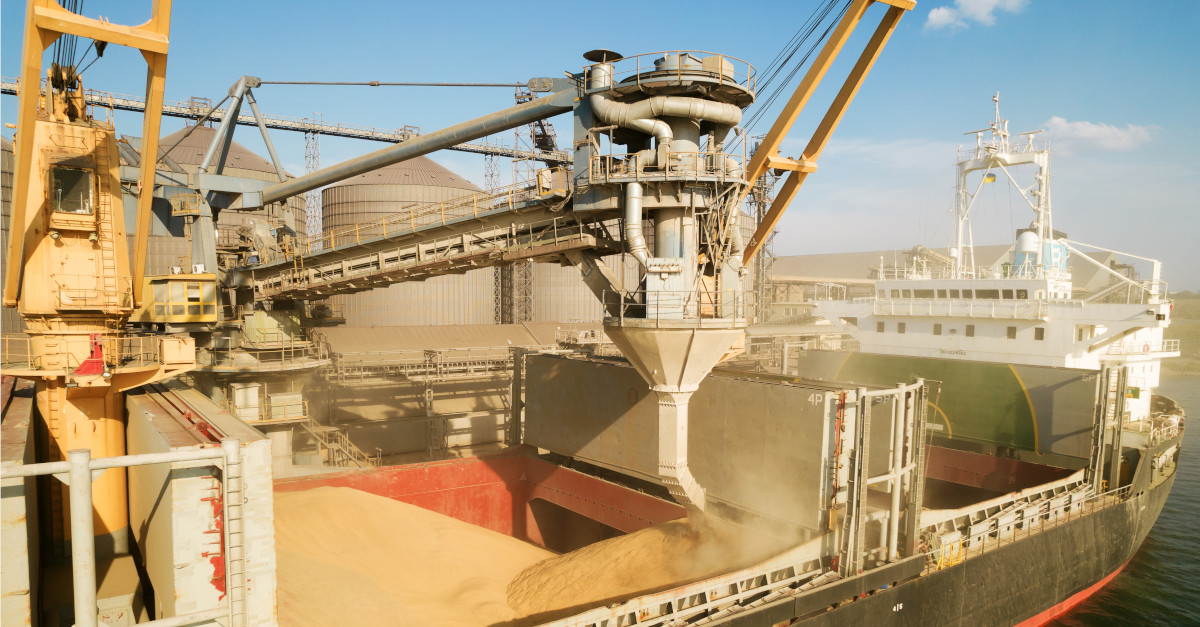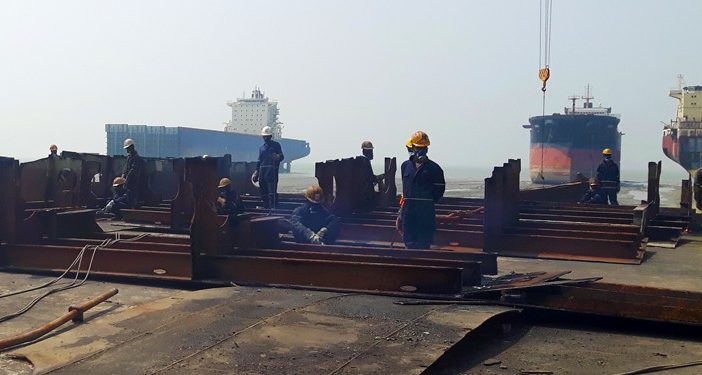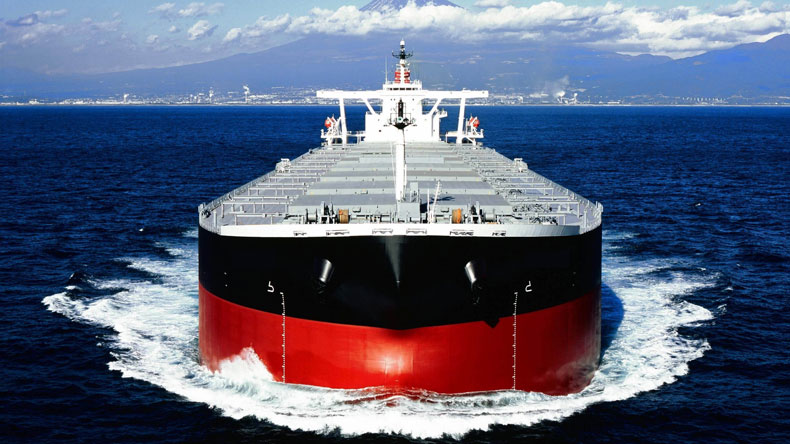As the Lunar New Year holiday slows trading activity, the dry bulk market faces mounting challenges, with the Baltic Dry Index (BDI) sliding to 726 points, down 2.68% on Wednesday. A combination of seasonal weakness, declining Chinese grain imports, and the fading impact of market inefficiencies has weighed on freight rates across segments. The Capesize market, in particular, is seeing a sharp downturn, while Panamax and Supramax owners struggle with softer cargo demand.

1 Year T/C Dry Bulk
📉 Capesize: Weak Momentum & Ultra-Slow Steaming
Capesize freight rates remain under significant pressure, with the Baltic Capesize Index (BCI) plunging nearly 50% year-on-year. The tonne-day growth rate for Brazil-China shipments has hit record lows, as iron ore volumes remain subdued. Heavy rainfall in Brazil and cyclonic activity in Australia have further disrupted shipments, while West African bauxite exports have provided only limited support.
With fewer cargoes available, ultra-slow steaming has become the go-to strategy for shipowners trying to regulate supply. Laden speeds have hit historic lows, signaling a struggling segment. Rates for key iron ore routes like C5 (West Australia-China) have slipped below USD 6 per ton, while C3 (Brazil-China) hovers in the low USD 17 range.
Despite this near-term weakness, the lack of significant fleet expansion could provide support in the second half of the year. However, with trade disruptions—such as Panama Canal drought restrictions and Suez diversions—easing, the market will be increasingly reliant on pure commodity demand rather than inefficiencies.
🚢 Panamax & Supramax: Plunging Grain Shipments
The Panamax sector has taken the hardest hit, as Chinese grain imports nosedive. January estimates show grain shipments to China down 51% year-on-year, largely due to weak soybean crusher margins and high inventories following a surge in imports in early 2024. The Baltic Panamax Index has fallen 41% over the same period, while spot rates have slid 37% in three months to below USD 7,000 per day.
Major grain exporters Brazil (-29% YoY) and the U.S. (-57% YoY) have seen sharp declines in shipments, weighing on tonne-mile demand. While Brazilian cargoes travel 26% farther than U.S. shipments, this distance advantage hasn’t been enough to offset the sheer drop in volumes.
Meanwhile, Supramax and Handysize markets remain sluggish, with an oversupply of tonnage keeping rates depressed. The Indonesian coal trade is muted, and with limited fresh cargo inquiries, near-term sentiment remains weak.

🛳 Fleet Adjustments: Demolition & Stock Market Moves
With prolonged market weakness, vessel demolition could accelerate. About 9% of the dry bulk fleet is now over 20 years old, and although scrap prices remain under pressure, an increase in recycling activity could help stabilize the market by reducing available tonnage.
On the investment front, DNB Markets has made key dry bulk stock adjustments:
✅ Safe Bulkers ($SB (-0,57%) ) upgraded to BUY, citing deep value at 0.38x price-to-net-asset value (P/NAV).
📉 Golden Ocean ($GOGL (-2,48%) ) & Himalaya Shipping ($HSHP (-0,58%) ) remain SELL recommendations due to persistent market weakness.
⚖️ 2020 Bulkers ($2020 (-2,58%) ) upgraded to HOLD, reflecting a more balanced risk-reward outlook.

🌍 Suez Canal Recovery: Tonne-Mile Impact Looms
Following a ceasefire in the Red Sea, Egyptian officials are cautiously optimistic about regaining lost Suez Canal traffic. Receipts from transit fees have fallen by as much as 70%, with many shipping companies still opting for the Cape of Good Hope route.
The return of normal Suez traffic could reduce tonne-mile demand, impacting bulk carrier earnings. However, market observers believe demand growth elsewhere could offset some of this pressure.
📈 Looking Ahead: A Challenging Start to 2025
With the Lunar New Year slowdown in full effect, the dry bulk market remains under pressure. Chinese grain imports, a key driver for Panamax demand, are unlikely to recover meaningfully without a turnaround in domestic consumption. Meanwhile, Capesize freight rates continue to suffer from a sluggish iron ore trade and the diminishing effects of supply chain inefficiencies.
That said, a tight orderbook and potential fleet reductions via scrapping could lend support later in the year. Market watchers are eyeing commodity demand fundamentals and seasonal cargo rebounds as key drivers for any sustained recovery.
💬💬 Let’s Connect!
Will Chinese grain demand improve enough to support a rate rebound, or is 2025 shaping up to be a tough year for dry bulk? Share your thoughts in the comments, and don't forget to like and share this update! 🚢


